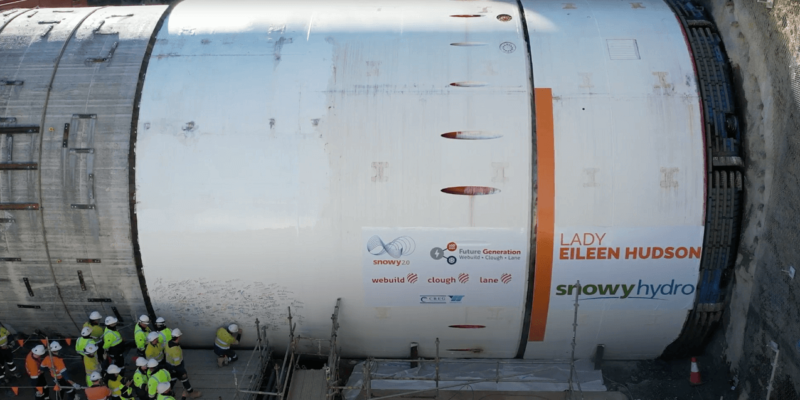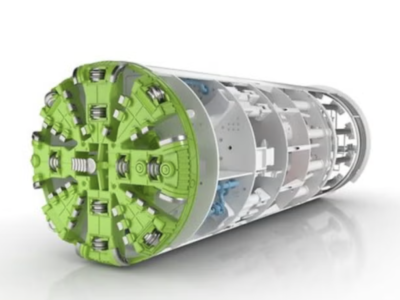
Following a reset of the hydro scheme, the joint venture constructing the Australia’s Snowy 2.0 is due to be moved to an incentivized target cost contract model, while the cost of this project has been increased to A$12bn (US$7.8bn).
Emphasizing of that the project reset would enable the commercially sustainable and successful delivery of the project, Snowy Hydro CEO Dennis Barnes said: “The fixed price EPC contract with Future Generation Joint Venture (FGJV) – comprising Webuild and its subsidiaries Lane and Clough – was no longer fit for purpose and it will be moved to the new model. Snowy Hydro will settle all outstanding claims with FGJV.”
Additionally, reset of the gas-fired Hunter Power Project was a subset of this review.
Barnesn also added: “I am committed to ensuring these critically important projects are transparent and are placed on a robust and sustainable footing. Moving to an incentivized target model with FGJV will result in closer collaboration, stronger oversight and alignment of interests between Snowy Hydro and FGJV.”
In order to increasing the completed scheme’s capacity, Snowy Hydro worked with FGJV and hydro technology contractor Voith Hydro, whereas now it is going to deliver an additional 200MW, taking total capacity to 2,200MW. The scheduled date for generation of the first power is 2027 and a target date of December 2028 has been set for commercial operation of all units.
According to Webuild: “We welcomed the announcement of the revised delivery timeline and budget. The announcement follows a comprehensive review conducted by the joint-venture and SHL of power optimization opportunities, the contracted schedule, cost impacts and broader delivery challenges.”
Encountering more than a seven-month delay in tunneling process of the headrace tunnel was one of the challenges of Snowy 2.0, that happened due to surface depression when the TBM was transitioning from soft material into harder rock conditions. Considering that the TBM Florence was paused while ground stabilization was carried out, currently digging is ready to continue once regulatory approvals have been received.
Completing around 40% of the construction in the pumped storage hydro scheme, Snowy Hydro’s solid progress continues to be made.
With total tunneling of about 6km, excavation of the main access and emergency cable and ventilation tunnels is completed, while boring on the 6km tailrace tunnel has started and in a while the tunneling process of the 1.45km inclined pressure shaft is slated to be commenced.
Moreover, power station is under construction, and access available from both ends and excavation and support of cavern crowns is being implemented.
Excavation at the Talbingo intake, that is where water will enter during pumping and exit during generation, is 50% complete, with 310,000m3 of earth excavated, while the first stage of earthworks at the Tantangara intake are complete, involving the movement of 205,000m3 of earth.
As Australia’s largest renewable energy project, Snowy 2.0 is going to connect Tantangara Reservoir (top storage) with Talbingo Reservoir (bottom storage) through 27km of tunnels and a power station with pumping capabilities. This will enable water to be released for energy generation at times of peak demand and pumped back to the top storage when there is excess renewable energy in the system, ready to generate again.
















